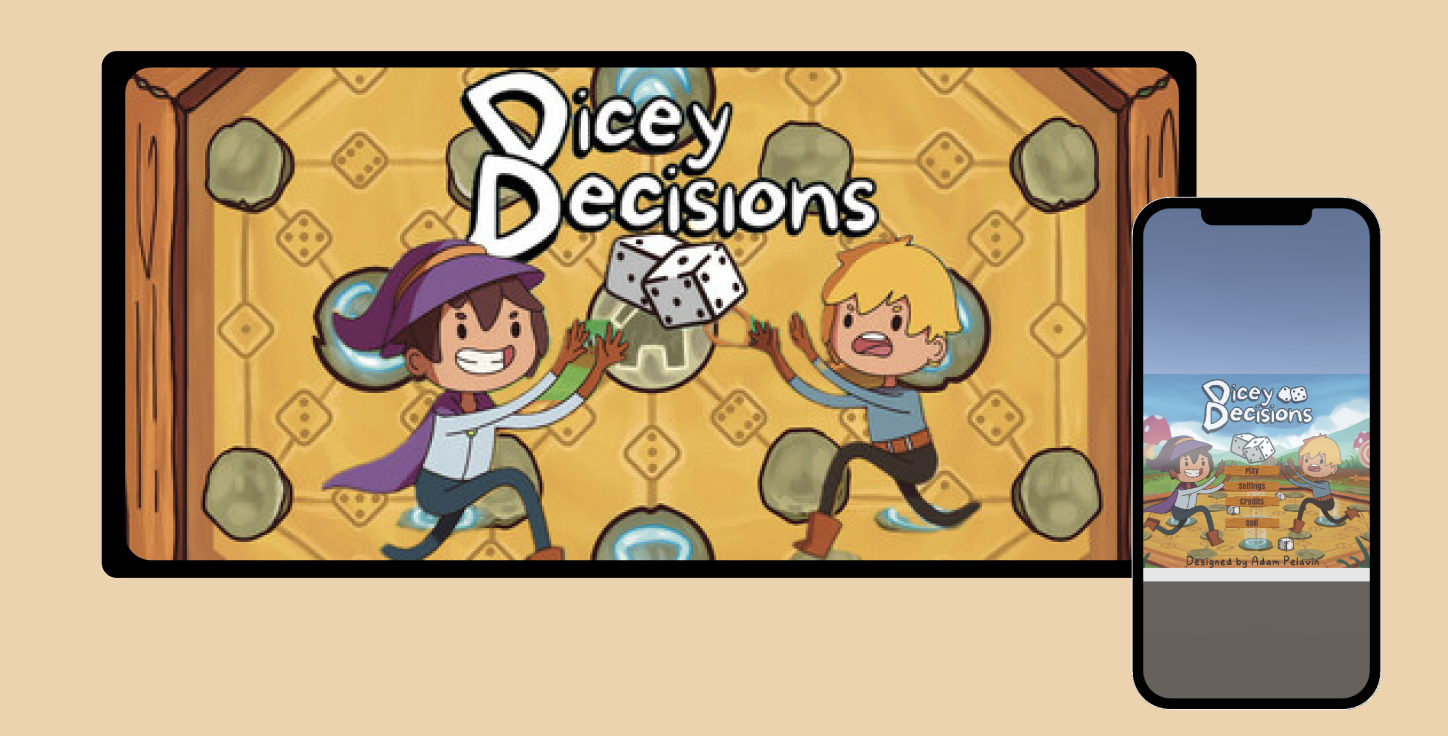Dicey Decisions
Overview
Dicey Decisions looks like your typical online board game at first glance, but we have incorporated the usage of cards and dice to create a twist.
Back end Programmer
UI/UX Designer
Google Forms
Unity
Canva
January 2025 – Present
User Research
This game originated in Tabletop Simulator. However, my team believed it would be more immersive if we took this idea and recreated it in Unity. We thought of new rules and different implementations that a player would enjoy, and we did frequent playtesting to enhance our results. However, recreating a game on a completely different platform came with it’s own issues. We did not have a proper tutorial in the beginning as we believed the game was self explanatory, and this created a negative experience for our users.
Research Findings
Playtests
After every major change to our game, my team and I conducted playtests with other game designers and recorded their thoughts. Since everyone was knowledgeable in the creation of games and playing games in general, the results were always valuable.
75% were unsure what to do with resources and the cards
43% enjoyed the art style and the dice picking mechanic
82% weren't sure how to play the game without a tutorial
Topics Addressed
- When were you the most confused?
- What is the first thing that caught your eye?
- What was the most frustrating mechanic?
- What was the most frustrating aspect of the game?
Insights
During our first playtest, we realized players did not understand the game as well as we believed they would. To combat this, we created a basic “tutorial” where we added directions for every move in the first round, and your possible moves would be lit up, similar to chess. Our second playtest was still confusing. Players felt like they were slowly learning, but still confused. With this in mind, we created an actual tutorial, which pushes players to learn the rules of the game before starting one with another player. Second, our game had a lot of color schemes and art styles going on. Teaming up with our artist, I created a theme for our game which was wood inspired. I added a background for the buttons for better visibility, along with animation and sound effects for the board pieces and buttons.
Ideation
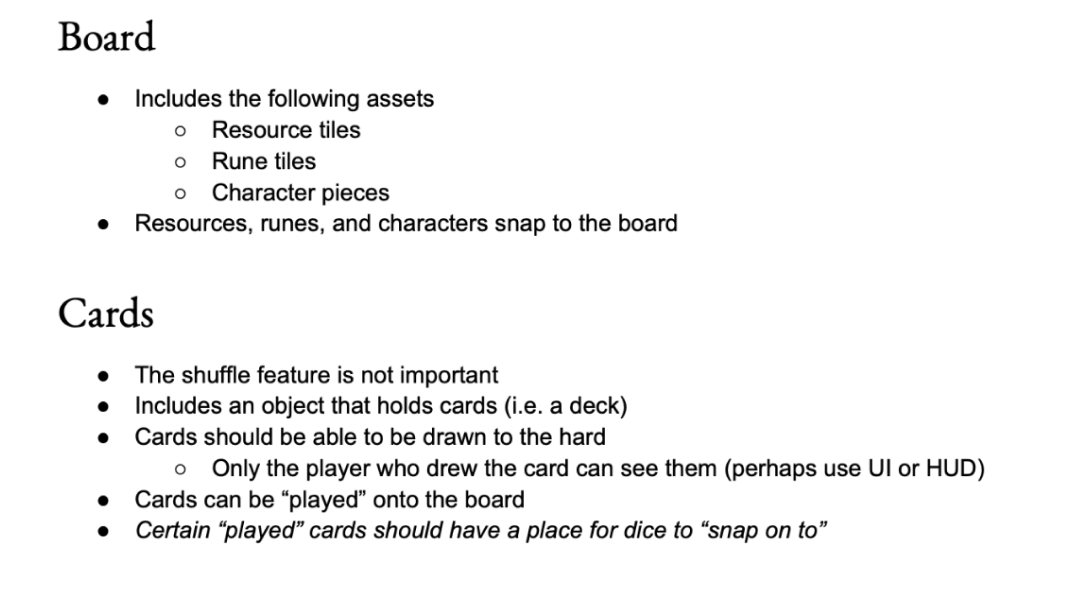
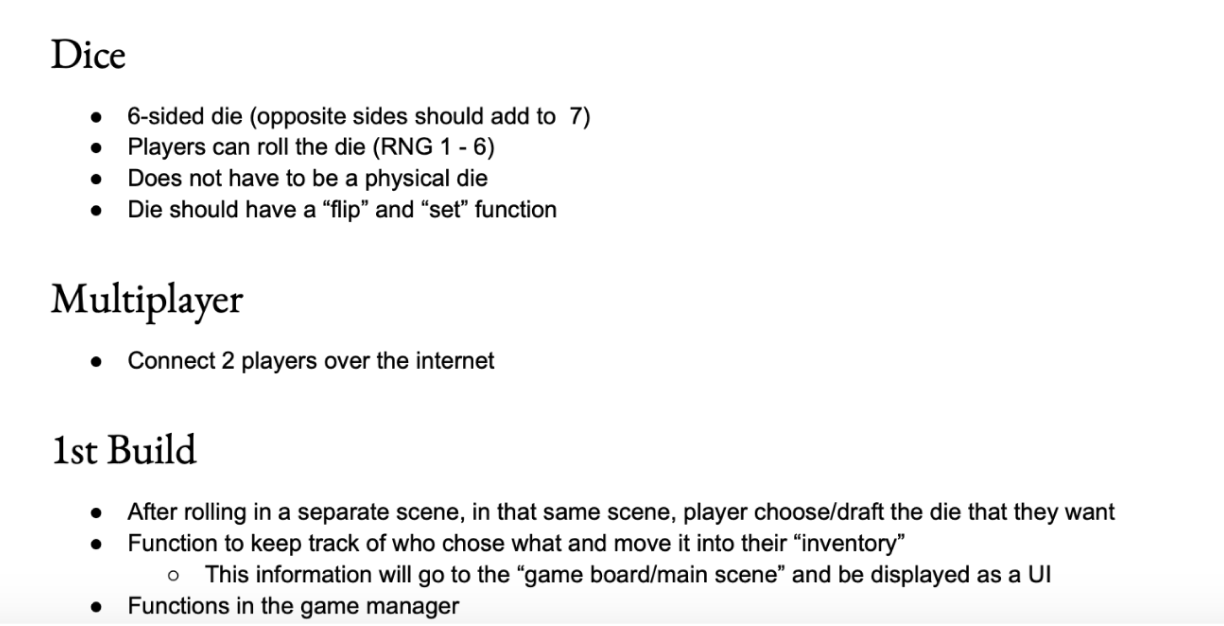
While the core gameplay mechanics and rules from Tabletop Simulator served as a starting point, we reimagined the visual direction by shifting the art to a pixel-art aesthetic to better suit a digital board game experience. We wanted to create a more cohesive and visually engaging experience, aligning with online retro-inspired games.
Solution
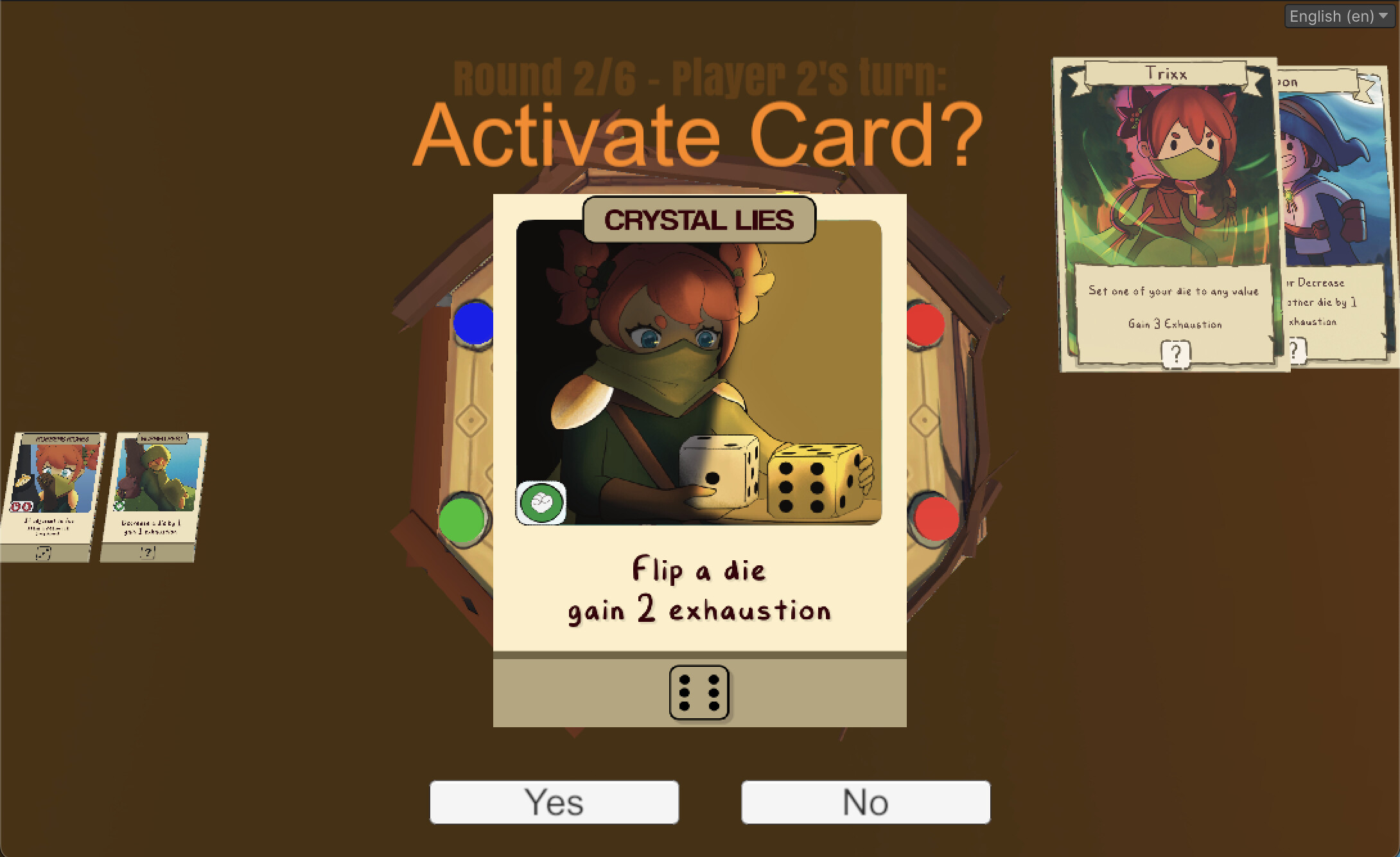
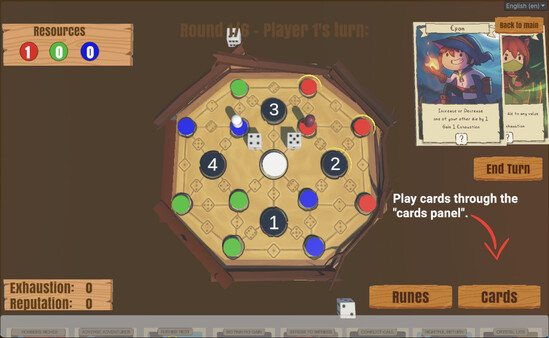
As a team, we held meetings multiple times a week to discuss the issues that users were having, and creating new tasks based off this feedback. We wanted a game that users would play multiple rounds of, not just something that they played because we asked them to playtest. In order to do this, I specifically focused on the visual feedback that users provided, such as displaying error messages when they are making an illegal move. I was constantly wondering, as a player, what could I add to this game that would make it more enjoyable? With mechanics such as the tutorial, animations, and sound effects, our game has already received 64% more positive feedback, and players are enjoying and understanding the premise of the game a lot sooner than before.
Conclusion
As a Game Design major, I had the opportunity to work with a lovely team in order to publish this game to Steam. While it’s still in the works, I have nothing but high hopes for this game, and I know our feedback will only improve as we add more bits and pieces to our first ever game.
thank you for reading this case study!
